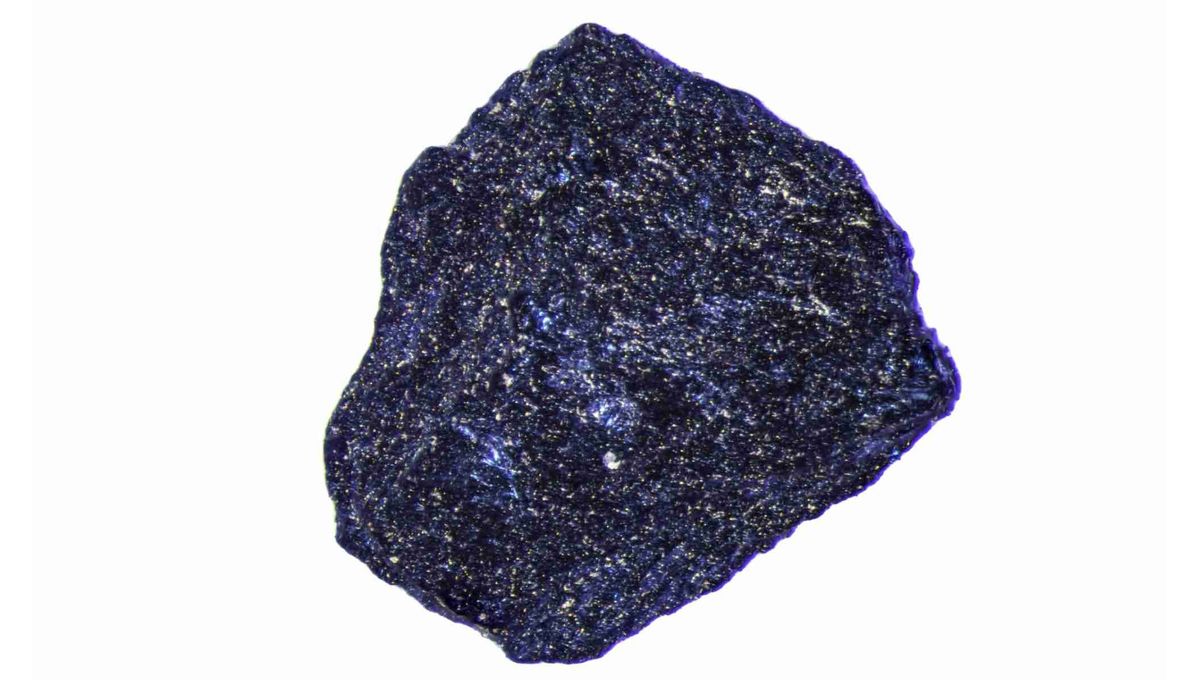
Superconductivity is an incredible property of certain materials with exciting consequences. Once reached, for example, said materials can conduct electricity without resistance, so no loss of energy. But most materials are superconductive at extremely low temperatures. The quest for a room-temperature superconductor is ongoing, and is not without a bit of scientific drama.
A few years ago, there was a claim of a room-temperature superconductor that became supercritical at a temperature of 15°C (59°F), but required a pressure of 2.5 million atmospheres. That’s on the order of the pressure you might find in the core of a rocky planet, and can be achieved by squeezing materials between two diamonds. Other scientists raised issues with the way the numbers were handled, including an accusation of the data used being fabricated.
The paper was retracted by the journal Nature last September, and the team claims they are ready to resubmit that work. They have also announced a brand-new material with even more extraordinary properties (if confirmed). The new substance is described as a nitrogen-doped lutetium hydride that becomes superconductive up to 20.5°C (69°F) and at a much lower pressure, roughly 10,000 atmospheres. Quite the improvement.
“With this material, the dawn of ambient superconductivity and applied technologies has arrived,” said a statement from a team led by Ranga Dias, an assistant professor at Rochester University. A claim that will certainly be hotly debated in the field.
One of the critics of the previous work, Jorge Hirsch of the University of California San Diego, was skeptical of the ability to create hydrogen-rich superconductive materials. The new material is also a hydride, but instead of using sulfur and carbon, it uses nitrogen and a rare-earth element called lutetium (atomic number 71). A mixture of 99 percent hydrogen and 1 percent nitrogen gas was placed in a reaction chamber with pure lutetium for three days at 200°C (392°F).
The resulting compound was a bright blue, but when put under pressure for the experiment turned bright pink. It stayed pink as long as it was superconducting, according to the researchers. And then it turned red, when in its non-superconductive metallic state.
“It was a very bright red,” Dias says. “I was shocked to see colors of this intensity. We humorously suggested a code name for the material at this state – ‘reddmatter’ – after a material that Spock created in the popular 2009 Star Trek movie.”
The team says they have gone above and beyond in their data collection of the reddmatter’s superconducting properties. Other independent researchers will certainly pore over that to see if it is indeed a step forward toward a material that could revolutionize every industry on Earth.
The study is published in Nature.
Source Link: New Superconducting Material Could Transform Electronics – If It Works